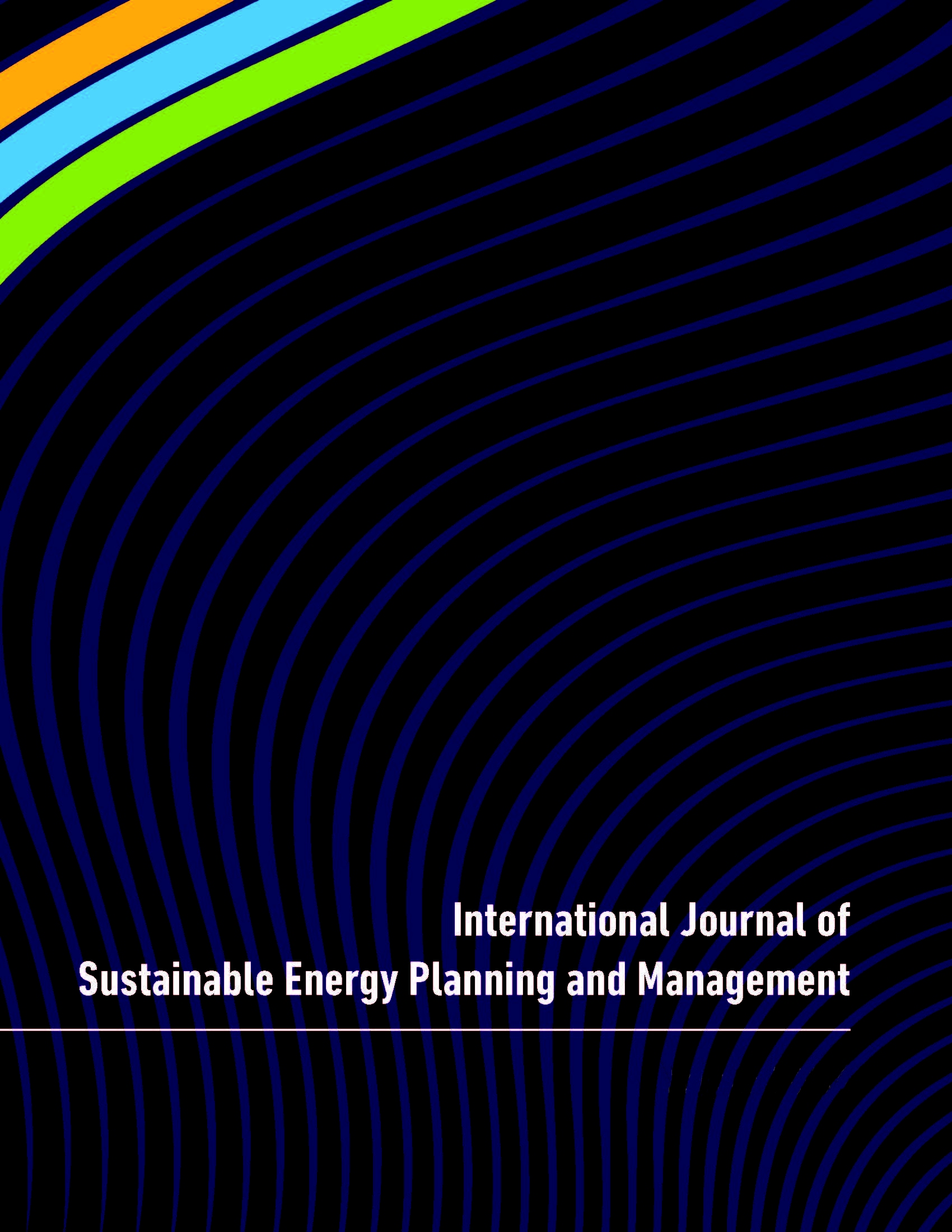Coupling heat and electricity storage technologies for cost and self-consumption optimised residential PV prosumer systems in Germany
Main Article Content
Abstract
Coupling energy sectors within the emerging residential PV prosumer systems is necessary for an optimised use of the houseowners’ own produced electricity. But the pure availability of different energy technologies in the system is not enough. By optimising the electricity usage as well as the capacities of PV generators, storage technologies, heat pumps and battery electric vehicles, not only the best solution in a technical point of view can be achieved, the need of finding the most financially beneficial system composition for single-family houses and tenements is possible. The study provides a detailed model for average German single-family houses and tenements and results for the energy transition period until 2050 for the optimised energy systems regarding optimised PV and stationary battery capacities and different heat storage capacities. Most noticeable outcomes can be observed by using a vehicle-to-home car, where a car can mostly take over the tasks of a stationary battery and by introducing a solidarity model using this type of car in tenement systems.
Article Details
Articles published in International Journal of Sustainable Energy Planning and Management are following the license Creative Commons Attribution-NonCommercial-NoDerivs 3.0 Unported (CC BY-NC-ND 3.0)
Authors retain copyright and grant the journal right of first publication with the work simultaneously licensed under a Creative Commons Attribution License: Attribution - NonCommercial - NoDerivs (by-nc-nd). Further information about Creative Commons
Authors can archive post-print (final draft post-refereering) on personal websites or institutional repositories under these conditions:
- Publishers version cannot be stored elsewhere but on publishers homepage
- Published source must be acknowledged
- Must link to publisher version

